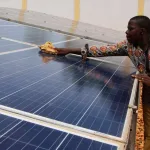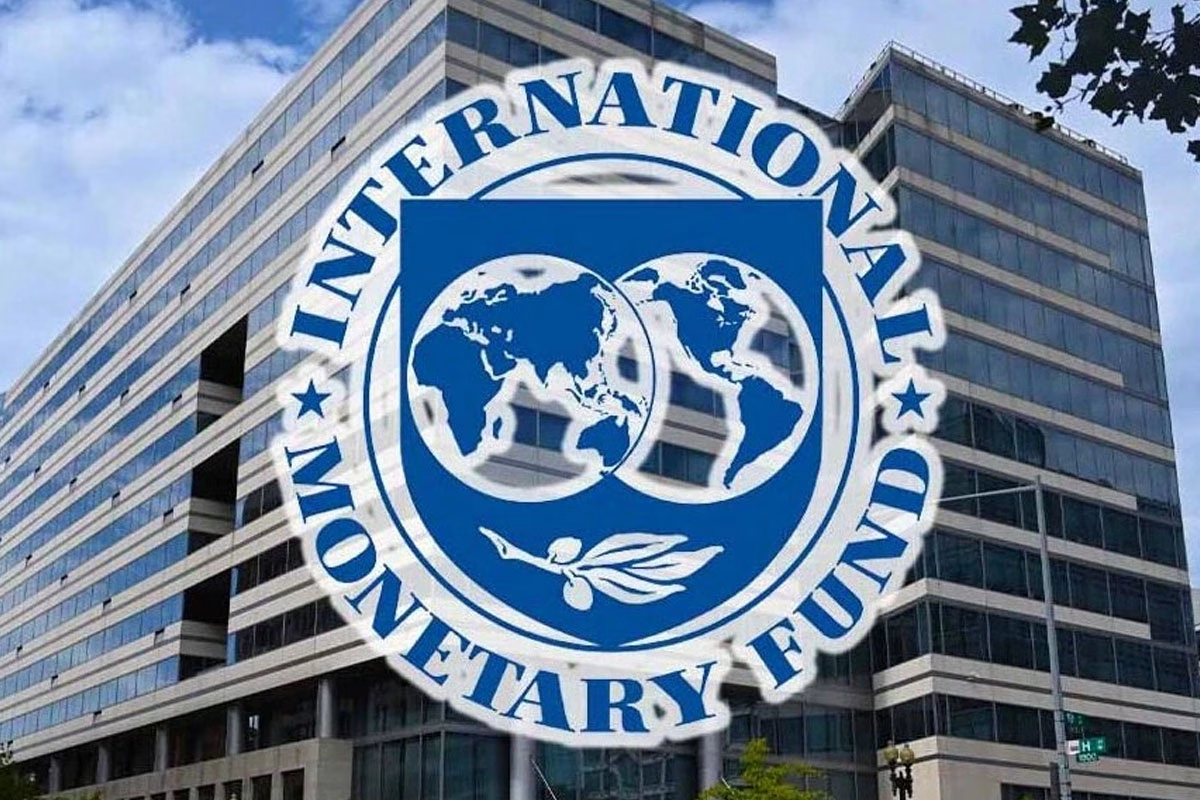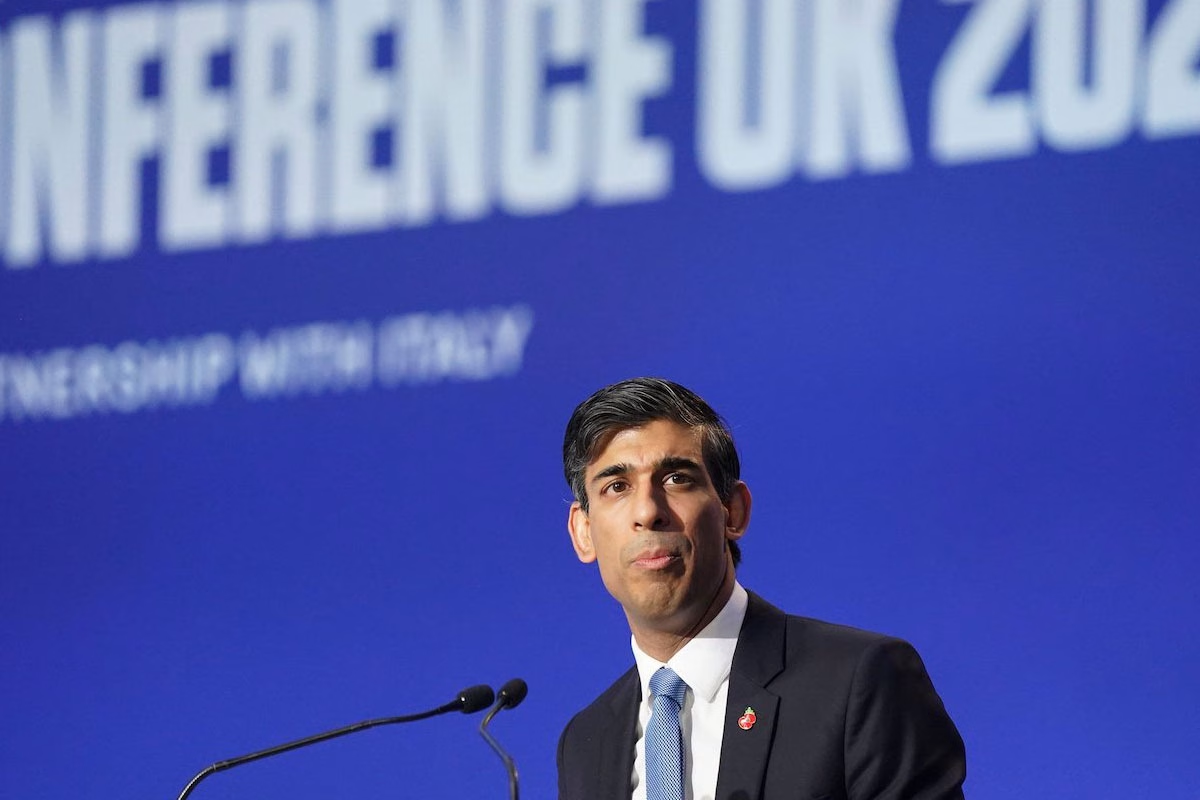
UK’s BBOXX Emerges as Key Player in Togo’s Solar-Fueled Electrification Drive
June 5, 2024
MAR-2023-KHI-SHOW-DAILY
June 5, 2024– Andrew Burger-
LO3 Energy recently announced it will work with the Energy Web Foundation (EWF) to advance development of data standards and the systems architecture for an open-source, blockchain-based, distributed energy resources trading and management platform. The results should help rationalize a nascent market and technological ecosystem that has been undergoing rapid fragmentation and diversification.
A small but growing number of proprietary, blockchain-based distributed energy transaction systems have emerged over the course of recent years in response to fast growing deployment of distributed solar and other renewable energy resources. Developing industry-wide standards for data, exchanges of data, and peer-to-peer, distributed energy transaction processing and management would provide the technical common ground and rules needed for distinct platforms to communicate and interact with one another seamlessly and securely, thereby serving as a catalyst for further development and growth of distributed renewable energy capacity worldwide.
LO3 Energy was one of the first young start-ups to capitalize on the promise of blockchain-based, peer-to-peer distributed energy trading and transaction management with the launch of the rooftop solar PV, battery energy storage-based Brooklyn Microgrid in New York. The company has been expanding rapidly, but cautiously, since. That includes launching Exergy, which LO3 describes as “a distributed ledger system combining software and hardware layers, a token system for permitting data, and an architecture that advances market design and technology in tandem.”

Exergy brought LO3’s strategic developments in alignment with those of EWF, a global, nonprofit blockchain energy industry association launched by Grid Singularity and Rocky Mountain Institute (RMI) in 2017. As the organization explains, EWF aims to construct a shared, open-source digital infrastructure capable of “unleashing blockchain’s potential to accelerate the transition to a decentralized, democratized, decarbonized and resilient energy system.”
Solar Magazine spoke with LO3 Energy founder and CEO Lawrence Orsini and EWF’s Peter Bronski to learn and share more regarding the two organizations’ collaboration – how and why it came to be, where it’s at, where it’s going and what achieving their shared vision and goals portend for the future of energy production, distribution and use.
Standardized, open-source blockchain energy data and UN Sustainable Development Goal 7
Issues related to scalability, processing speed and energy usage have been hindering deployment of production-scale, industrial-strength blockchain distributed energy systems platforms. Both LO3 Energy and EWF are finding ways to work around those issues.
EWF has developed and adopted a “proof of authority” methodology that achieves the consensus required to verify that prospective, new blockchain energy transactions are authentic and comply with specifications. That’s one of several key innovations that resolve the scalability, processing speed and energy consumption issues associated with “proof of work” blockchain protocols, such as that used for Bitcoin trading and transaction management. The Ethereum Wire Protocol and associated Ethereum Virtual Machine number among the principal tools LO3 Energy is using to build Exergy. LO3 licensed and modifies them so as to accommodate the high frequency and very large numbers of micro-transactions likely to be seen across large networks of distributed energy systems, such as those utilities might operate, Orsini explained in an interview. Along with other tools, those efforts encompass resolving the issues related to scalability, processing speed and the network platform’s own energy consumption that hinder adoption of other blockchain platform variants. “Exergy, or any distributed energy management system for that matter, revolves around the data, just as the Internet did in its early days. There’s an immense rise in the amount of data that needs to be communicated as the amount of distributed renewable energy continues to increase and markets evolve. We need a global set of distributed energy standards and a platform that everyone can access and use,” Orsini told Solar Magazine.

Orsini recently addressed this topic and its significance in terms of realizing United Nations’ Sustainable Development Goal (SDG) 7 – universal access to sustainable energy – while speaking at a conference at UN headquarters in New York City. “It was really heartening to see that many world leaders agree that this is the future of energy, and how engaged they are in the physics of the grid and how physical assets need to be managed. That includes the financial implications for some of the largest companies [power utilities] in these countries,” Orsini said. As disruptive as the rise of distributed renewable energy, energy storage and smart grid technology can be, it needn’t, and shouldn’t, destroy the power utilities we know today, Orsini added. “Some are very passionate about getting to 100% renewable energy, but that isn’t possible given existing grid models and infrastructure. It’s going to be difficult to get to 50, much less 100 percent,” according to Orsini.
Transactive, distributed energy networks, utilities and power sector regulators
Electric utilities and the power sector are among the most highly regulated industries worldwide. In the US, for example, utilities earn a regulated rate of return based on the capital they invest to expand, operate and maintain their capacity to distribute and in many cases, generate, electrical energy. To date, generation has been effectively centralized – concentrated and flowing out from large-scale coal, natural gas, other fossil fuel and nuclear power plants. The more energy customers consume, the more in the way of profits utilities earn. The advent and growth of digital, distributed solar, wind and other renewable energy technology is rendering such models obsolete in terms of technology, the distribution of energy generation capacity and economics. Essentially, utilities need to be paid to optimize grid assets and increase grid utilization, not build more grid, Orsini elaborated. “Distributed renewable energy is terrific for the world, but we don’t have the infrastructure, much less the business models, that are required…Some core, regulatory issues will have to be solved that result in different ways for utilities to earn profits. In order to get to 100% renewable energy we need transactive grids that value energy in real-time. And we need battery and thermal energy storage – large banks of stored energy as infrastructure – in order to get there,” Orsini said.
With Exergy, LO3 is intent on building the common data standards and systems architecture for that vision to be realized. So is EWF, which has launched a live, test version of Tobalaba, its blockchain-based, distributed energy trading network platform. Some 70 EWF affiliates are building applications based on Tobalaba protocols and specifications that reside higher up the network systems architecture stack and participating in simulated distributed energy transactions on the platform in real-time. Both EWF and LO3 Energy’s distributed data standardization initiatives, in turn, are being guided by developments at the IEEE’s transactive energy interoperability standards working group. “Broadly, there is alignment around everyone needing this data, so even our own Web developers are building on top of that. There are over 200 blockchain distributed energy solutions developers testing not only Exergy, but working to develop projects alongside EWF’s Tobalabla,” Orsini explained.
The Energy Web Foundation’s Tobalaba
EWF aims to launch an industrial-strength, full-length, commercial version of Tobalaba in February 2019, Bronski told Solar Magazine. “Real things are being done with it today,” however, he noted. “What you see via the [Tobalaba] dashboard is real-time use of the network. Real validator nodes and real applications have been and are being built and tested there.” EWF affiliates and Tobalaba network participants are all private, corporate entities of one type or another. They range from major, global energy companies and power generation and transmission-distribution utilities to renewable energy and clean-tech companies, blockchain and other software systems development start-ups, Bronski explained. The range of activities and uses to which Tobalaba test network participants are putting the software applications they develop is expanding. “Some are looking at blockchain and the energy web to directly balance and manage electricity grids. Others are using it for EV [electric vehicle] charging. Others are using it to buy and sell SRECS [Solar Renewable Energy Credits] in the US, or the equivalent, Certificates of Origin, in Europe,” Bronski said.
Digital DNA for a decentralized, renewable energy future
At a fundamental level, Tobalaba is meant to provide data and communications infrastructure needed for transactive, peer-to-peer distributed renewable energy trading and transaction management. That’s what EWF and LO3 Energy’s collaboration focuses on. “Say, for example, a homeowner with a rooftop solar energy system is producing more power than he or she consumes, so he or she decides they’d like to sell some of that surplus to a neighbor, or to a utility grid operator. Or perhaps a homeowner would like to buy emissions-free solar energy but for one reason or another doesn’t have their own solar PV system.”
Traditionally, their ability to do so would be determined by a utility that buys and sells large quantities of power and energy – megawatts and megawatt-hours. Blockchain-based, peer-to-peer transactive energy systems foster greater market participation by opening up opportunities for small-scale energy producers and consumers (at the kilowatt scale) to transact with each other directly, Bronski explained.
What’s motivating these companies to allocate time, effort, capital and other resources to participate in Tobalaba’s development? “I think many of us in the energy blockchain community see a ‘greenfield’ market opportunity here, and have an interest in realizing the multiple benefits,” Bronski said. Further along this line is the motivating idea of accelerating innovation and fostering standardization and blockchain energy systems’ interoperability, which are paramount in participants’ minds. “EWF’s place in that hierarchy is building that common, core platform that everyone can use,” he added. The fundamental premise underlying the EWF initiative is that existing blockchain systems platforms aren’t suitable when it comes to applying them to energy.
Therefore, EWF’s mandate is to build the the core platform for blockchain energy applications and systems that will be available to anyone, whether they’re inside or outside the industry.
The foundation for the transactive energy grid of the future
User interfaces and software applications are one level above, or closer to the end-user, than what EWF is building, Bronski emphasized. Running end-user applications is incumbent on having a digital DNA on which they can run. “That digital DNA is what EWF is building,” he said. “Figuring out how to standardize all the grid-edge telemetry data that’s needed to manage the transactive grids of the future is really important work,” LO3’s Orsini added.
It’s not something to be developed by one company in isolation. Just like the Internet, this [the transition to decentralized, renewable energy] is a global phenomenon. All the machines and devices involved have to know how to access, speak and communicate with each other.
Asked if the distributed, renewable energy transition was progressing as fast as is necessary or he would have thought, Orsini said: “It’s happening faster than I thought but slower than I’d like.”

Commonly shared rules, specifications, guidelines and mechanisms are needed to accelerate the distributed, renewable energy transition, he continued. “And there have to be incentives so that key stakeholders make use of those mechanisms and data makes its way to a platform in a form that is valuable,” Orsini said. The Green Button data initiative in the US is an early example, but it doesn’t go far enough, Orsini added.
There’s some data on there, but it’s doesn’t fully realize the value of the data. There has to be a means of valuing and monetizing it so as to have an impact on business models of industry stakeholders.
The data could be of value to just about anyone or any organization that consumes, produces, distributes or otherwise makes use of energy. “It could be improving the products or services of an inverter manufacturer, a solar panel manufacturer or a company that provides smart home equipment, appliances, devices or services – today’s Samsungs, for example,” Orsini said. “But you need to put that standardized data on to a platform and deliver a data service to enable all that.”




